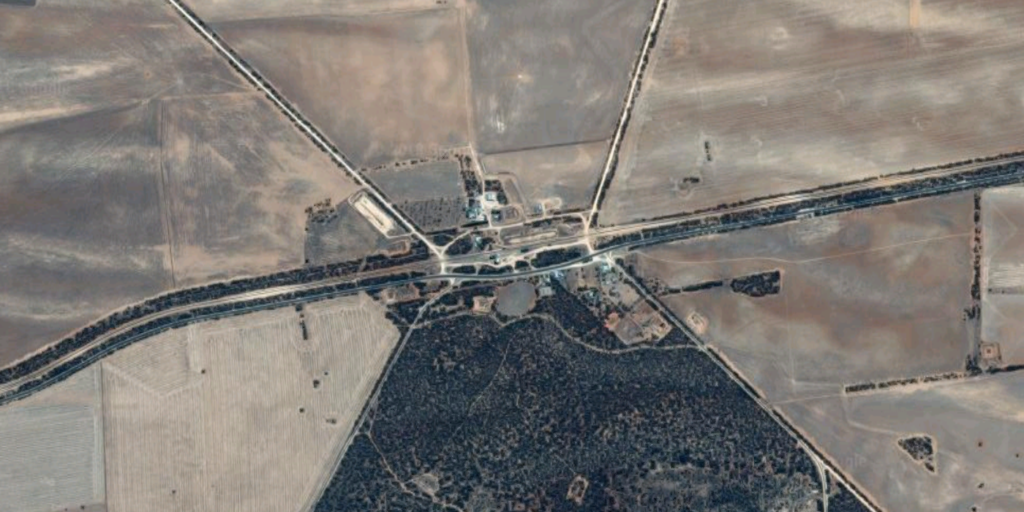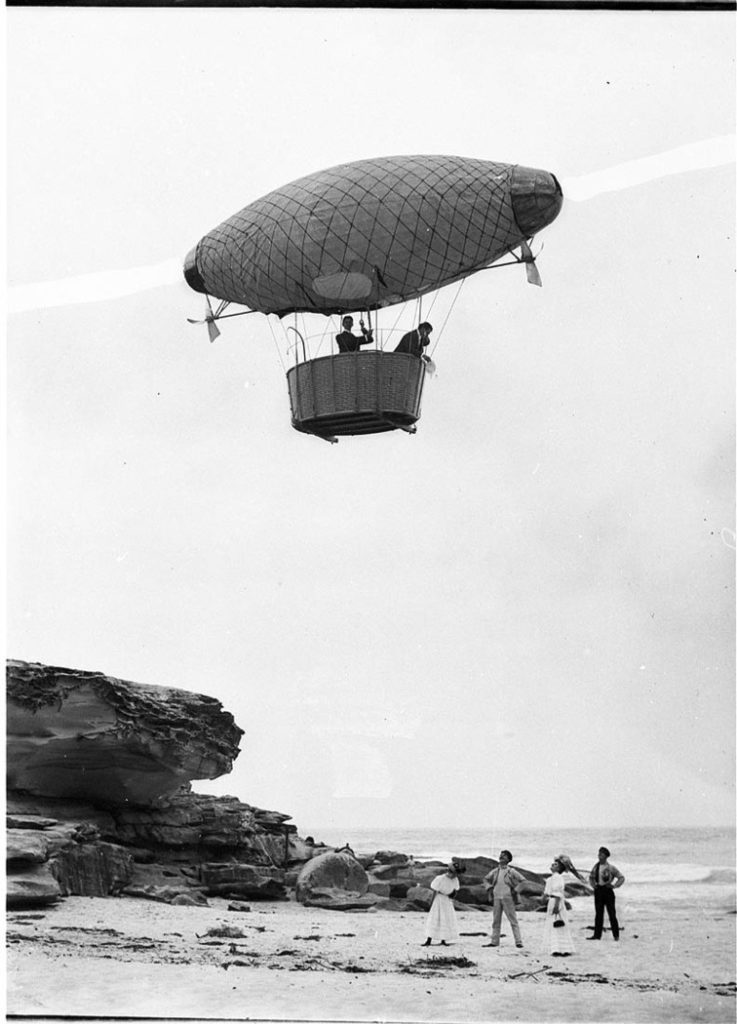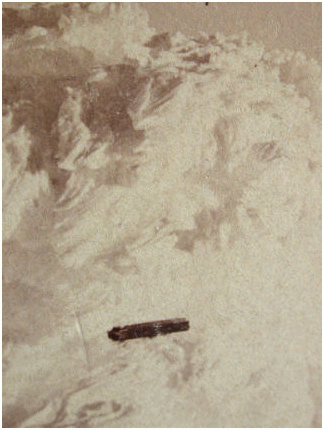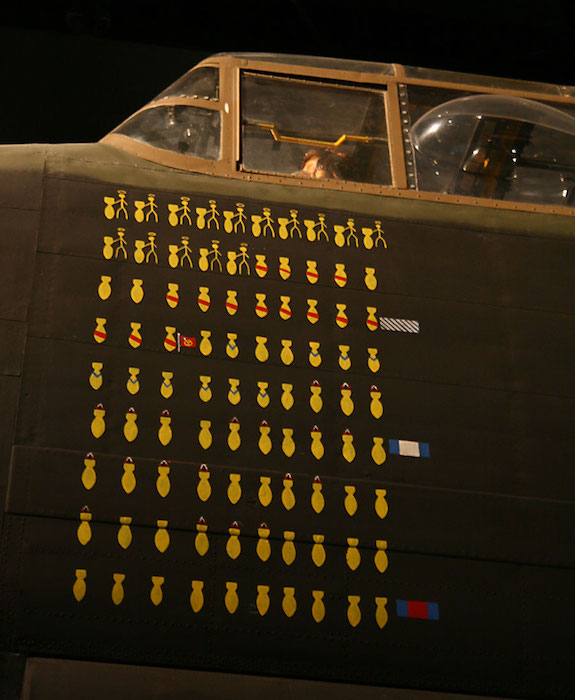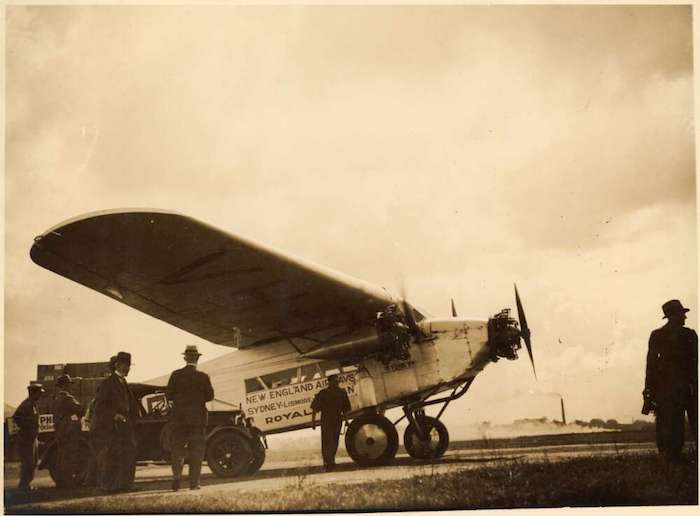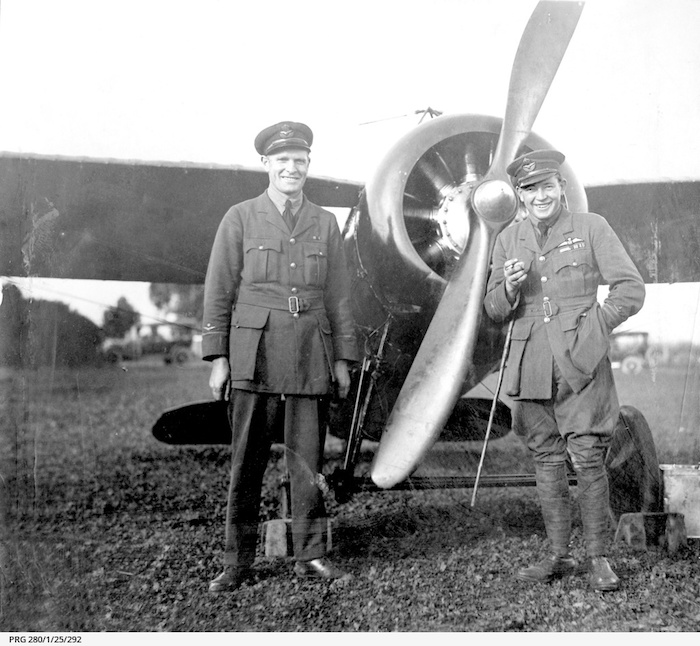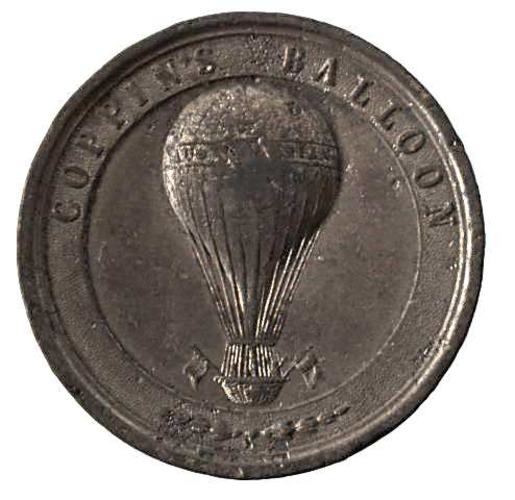Self-archive: ‘The enemy at the gates’
In 2016 I contributed a chapter on the 1918 mystery aeroplane panic to Australia and the Great War: Identity, Memory and Mythology, an edited collection published by Melbourne University Press. While I’d already published a peer-reviewed article on the same topic, this was broader in scope as it attempted to provide a transnational narrative and […]


